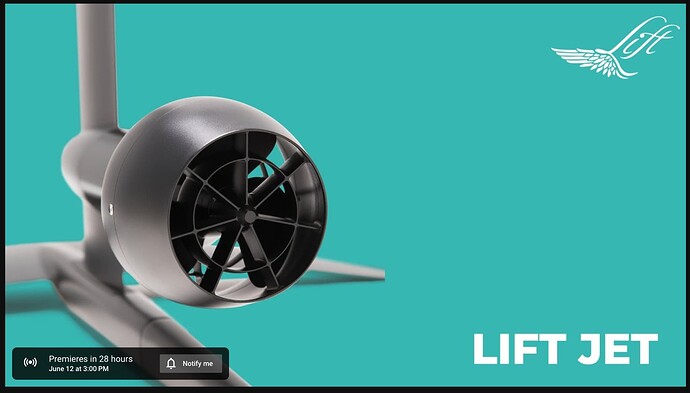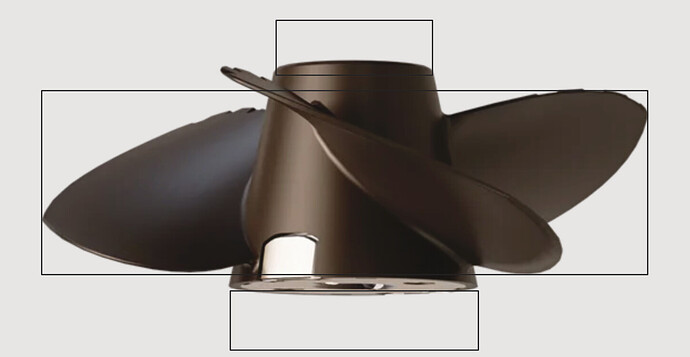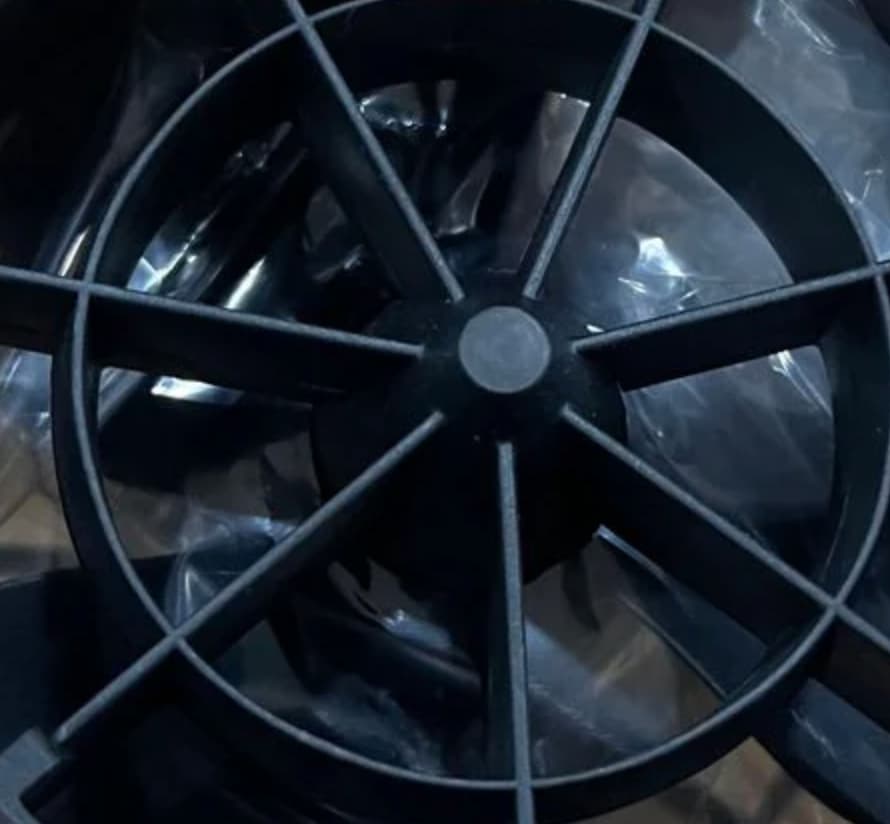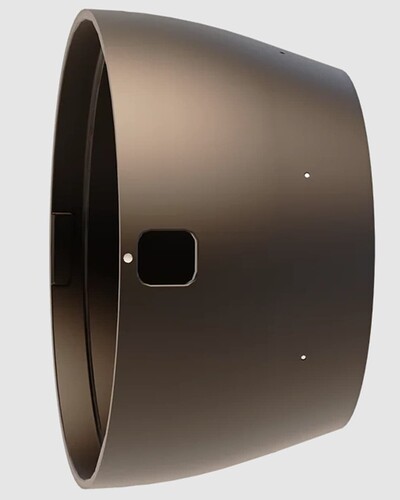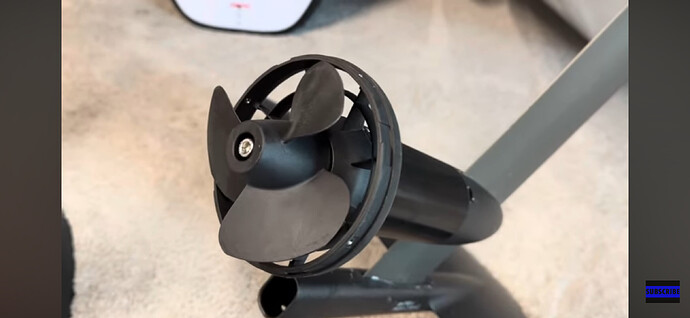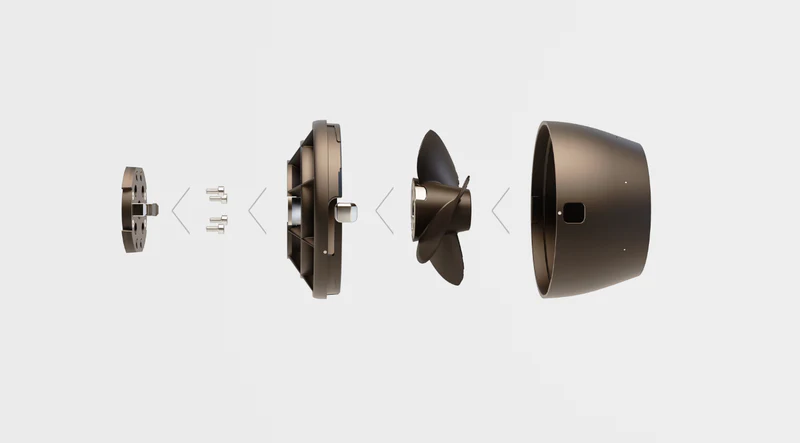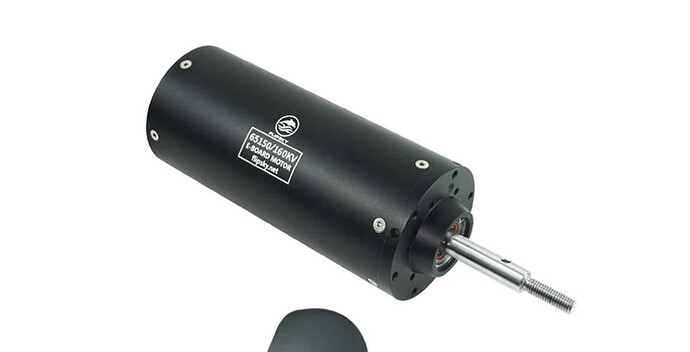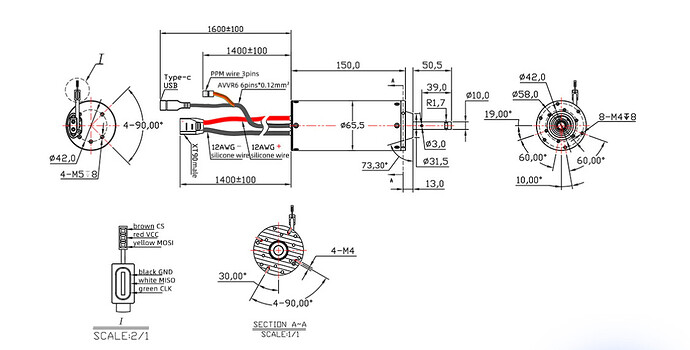Just saw this pop up on my YouTube feed and I’m a little confused.
Is this supposed to be jet propulsion? Isn’t it just a prop with a longer duct?
This is always a discussion.
I think that the above is not a jet propulsion, but a ducted fan.
This is what AI (not that it’s always correct) says about it, but in this case I 100% agree.
When comparing the use of a ducted fan and a jet propulsion system on a boat, there are several key differences:
- Ducted Fan: A ducted fan in the context of a boat typically refers to a propeller enclosed within a duct. The fan, driven by a motor or engine, draws water into the duct and accelerates it, creating thrust that propels the boat forward. Ducted fans are often used in small boats and watercraft, such as personal watercraft or hovercraft.
- Jet Propulsion: Jet propulsion systems on boats utilize a jet pump or impeller to draw water into the system and then expel it at high velocity through a nozzle. The expulsion of water creates a reactive force that propels the boat forward. Jet propulsion is commonly found in personal watercraft, jet boats, and some larger recreational vessels.
I noticed that the audi etron in real is as well a ducted Fan/prop as they have no pump or impeller but a lot of small blades. I think for marketing purpose they call it Jet;-)
So might be the way to go is a small prop with duct. Let`s se what waydoo or sifly come up with 
Bringing this up again because having been looking for technical details, couldn’t find many though. Although Lift here just “copies” ideas again and tries to sell it as something groundbreaking and new, it surely is an interesting concept between a real jet and a caged classic prop.
To the prop geeks here:
from this image of the 3 blade prop assuming that the base has 49 mm the top may be 30 mm and the outer diameter something around 120 mm. could this help in creating a similar design especially regarding pitch and sizes of the blades? I am a total noob at prop design …
here are two more pictures that show how the front cage is slightly more narrow (forcing water stream to accelerate?) and the middle section forming a fixed “cone” of the prop being behind.
ideas welcome.
I don’t see the point to be honest. A jet is much more less efficient than a prop, about 30%, because it has a lot of resistance creating that jet stream. For a duct with a normal propeller to be more efficient than just a propeller - it can only be so in slower speed, since at high speed the drag becomes too big and losses are higher than the forward lift it creates. Search for ducting theory on YouTube for more.
So if you were planning to maximize the range for a slow going vessel, a duct can be great since it actually makes it more efficient - if correctly designed and only about 1-1.5mm distance between the propp and the duct. For high speed though, in my eyes the main benefit is safety so you don’t get a propeller either hit to your body or don’t want to damage the prop if it hits anything.
While you dump efficiency, its actually easier for beginners learning. If you find yourself teaching friends a lot and don’t mind less efficiency, then its a great option.
Check this video where Nick Leason states that there isn’t a difference in efficiency. It’s around 2:15 in the vid
I personally think he is off on this claim but I also don’t ride Lift full production equipment so can’t really claim first hand that he is.
If a “jet drive” brings comfort to safety minded families or makes an Efoil ‘legal’ to ride (Canada for example) then more people will participate. Battery quality and capacity factors are good these days so if a pack lasts 1 hr vs 1.5 that’s not a big deal imo. A DIY rider capable of building their own battery pack could have 2 or 3 packs for a session so runtime I’m not sure is a factor.
@Foilguy did you add this Lift “jet” to your board? I seem to recall a while ago you mentioned something about it.
I have been experimenting with various DIY components to see if I can get something to work with my current motor.
The Lift Jet product is sort of spendy and would likely be challenging to adapt to my motor.
Do we know any interface mounts, photos or basis to know how challenging? I am interested in adapting it to a 65150 10mm threaded motor if it can be done somewhat elegantly.
I asked about measurements of the Lift product here and didn’t get a response, also can’t find any detailed info on web searching.
If you decide to buy one I would appreciate you posting some info.![]()
I’m also curious about your choice of motor for this purpose?
Yes for sure. But I also need to see it and understanding how challenging adapting it will be before pulling the trigger.
I choose my motor (120kv) before Jet was under consideration. I run with 14s. What are you running?
I use a 10S11P 21700 pack that a number of us found. Using with a Fliteboard 100l with FS 65161 120 motor (Their G7 group kit) on a Gong 85 aluminum mast and L size XOver wing
Just run a 100mm 6inch pitch prop and see how your 120kv motor handles it.
Is this the size and pitch of the three blade Flite Jet “prop” ?
I don’t know what the flite jet prop size is. Never really bothered caring enough to calculate exactly what it is.
To adapt a 65161 10mm threaded shaft for a Lift prop, one idea is to use an adapter. I think Lift uses 12mm with 4mm center screw for prop, and it would look something like this: OD 12mm, ID 10mm, M4 centertap
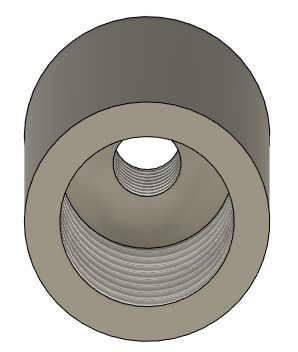
Downside is it extends the jet further back from the motor by the depth of the M4 screw.
